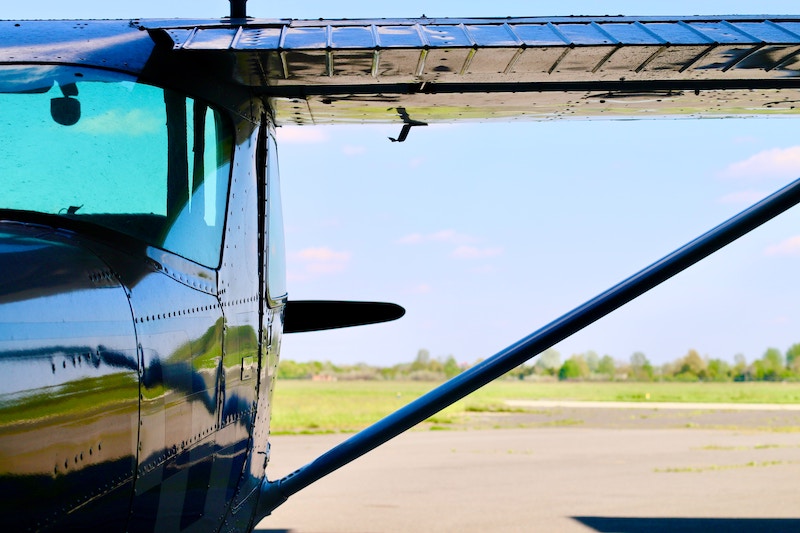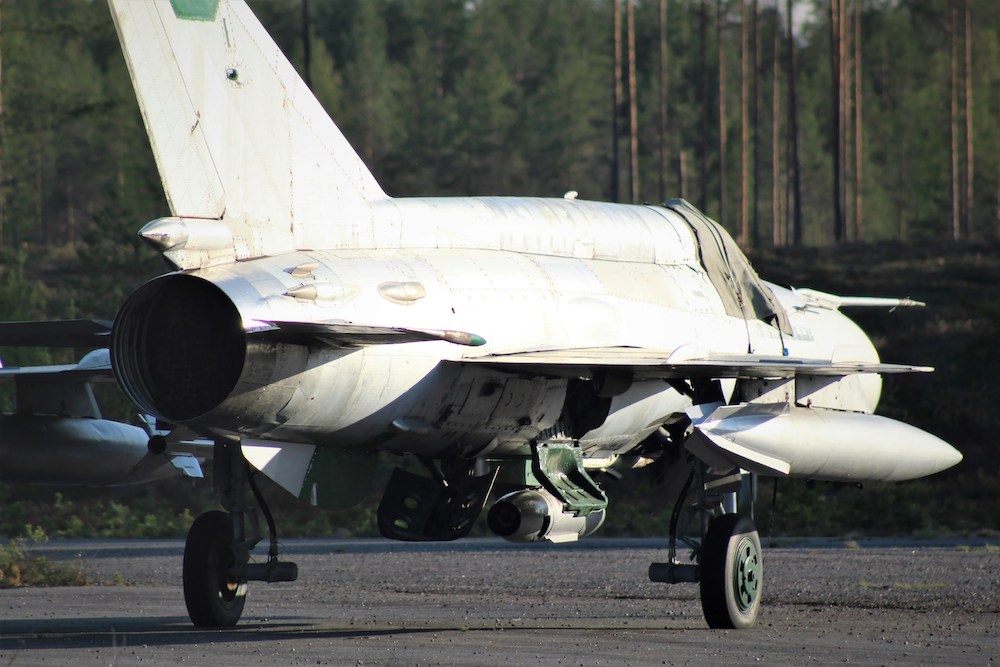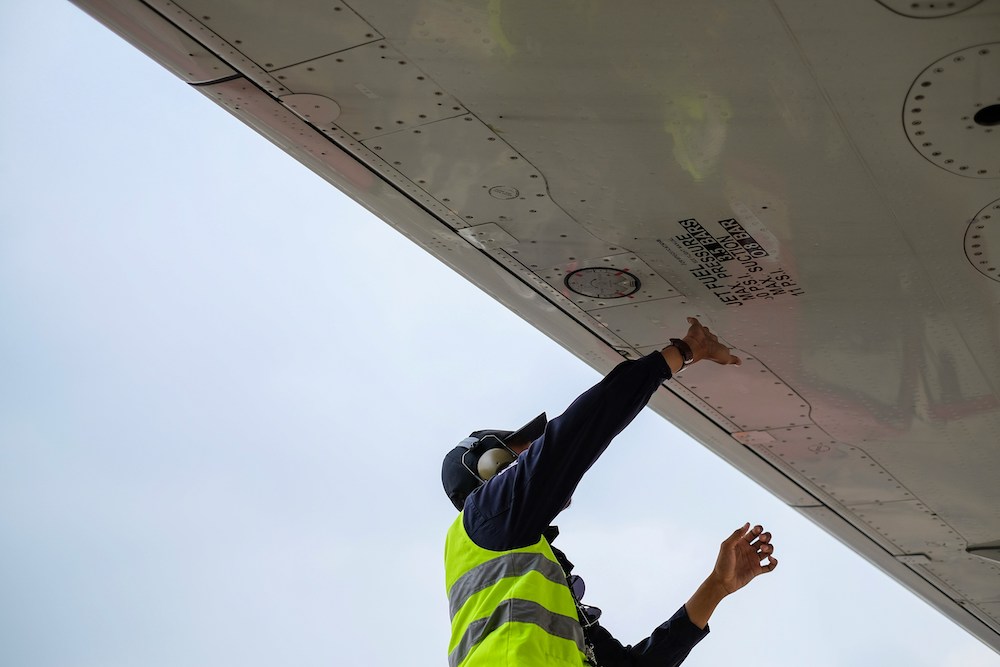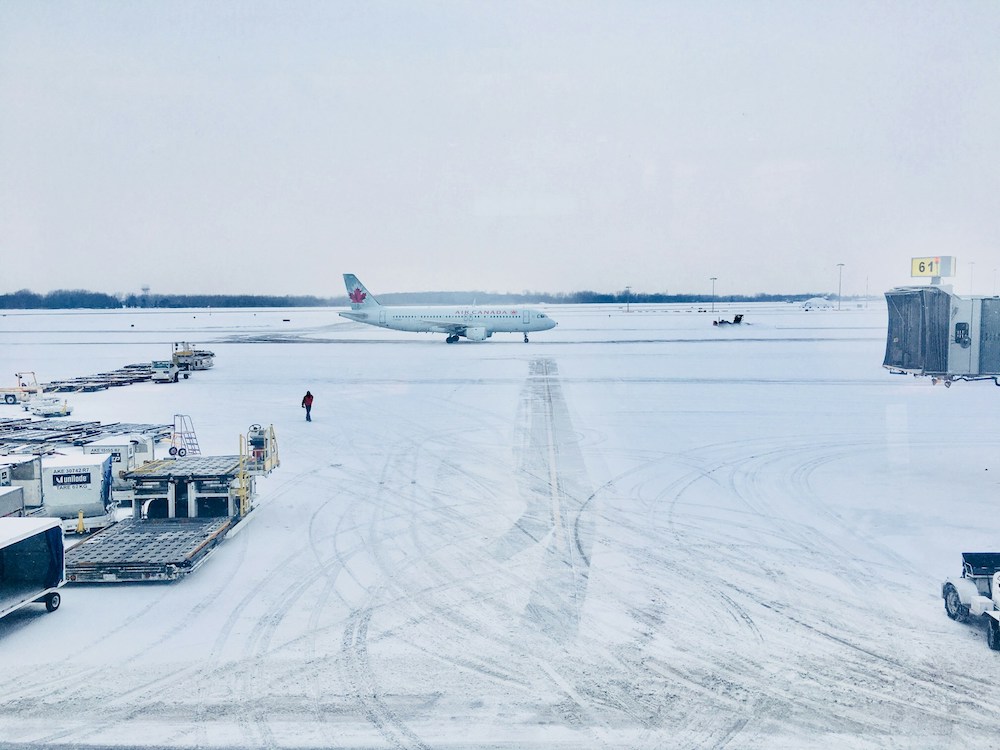
In general aviation, few names resonate as powerfully as Cessna. Founded in 1927 by Clyde Cessna, the Cessna Aircraft Company has become synonymous with reliability, innovation, and a commitment to pilot-centric design. From small, single-engine planes to larger, more complex aircraft, Cessna has consistently set the standard for what a private aircraft should be.
For many pilots, both novice and experienced, the choice of aircraft often boils down to specific models that best fit their needs. Among Cessna’s vast fleet, the Cessna 172 and 182 stand out as two of the most popular and widely recognized models. While they may seem similar at a glance, understanding the nuanced differences between these two aircraft can be crucial for potential buyers, flight schools, and aviation enthusiasts alike.
In this article, we’ll delve deep into the specifics of the Cessna 172 versus 182, comparing their cruise speeds, cabin sizes, and other vital features. By the end, you’ll have a clear understanding of what sets these two iconic planes apart and which might be the right fit for your aviation journey.
Cessna 172 – Brief History and Development
The Cessna 172, affectionately known as the “Skyhawk,” first took to the skies in 1955. Designed as a successor to the earlier Cessna 170, the 172 quickly established itself as a reliable and easy-to-fly aircraft, making it an instant favorite among flight schools and private owners.
Over the decades, the Skyhawk has undergone various modifications and improvements, but its core design philosophy has remained consistent: to provide a safe, dependable, and efficient flying experience.
Key Features and Specifications of the Cessna 172
- Engine: The Cessna 172 is typically powered by a Lycoming IO-360-L2A engine, producing 160 horsepower. This engine is renowned for its reliability and longevity.
- Wingspan: With a wingspan of 36 feet 1 inch, the 172 offers stability in various flight conditions.
- Weight: The standard empty weight of a Cessna 172 is around 1,691 pounds, with a maximum takeoff weight of 2,450 pounds.
- Seating: Designed to seat four passengers comfortably, the 172’s cabin is spacious and functional, with clear visibility from the cockpit and ample storage for luggage.
- Avionics: Modern Cessna 172s come equipped with state-of-the-art avionics, including the Garmin G1000 NXi flight deck, providing pilots with intuitive controls and comprehensive flight data.
Cessna 182 – History and Development
Introduced a few years after the 172, the Cessna 182, commonly referred to as the “Skylane,” made its debut in 1956. While the 172 was already a success story, Cessna aimed to cater to a market segment that desired more power, range, and carrying capacity.
Over the years, the 182 has seen numerous upgrades, from its engine to avionics, ensuring it remains a top-tier choice for pilots seeking more “oomph” in their aircraft.
Key Features and Specifications of the Cessna 182
- Engine: The heart of the Cessna 182 is its powerful engine. Most modern Skylanes have a Lycoming IO-540-AB1A5 engine, boasting a robust 230 horsepower, significantly more than the 172’s engine.
- Wingspan: The 182 features a wingspan of 36 feet, similar to the 172, but its design nuances cater to its increased power and weight.
- Weight: The standard empty weight of the Cessna 182 is approximately 1,970 pounds, with a maximum takeoff weight reaching up to 3,100 pounds, allowing for a greater payload.
- Seating: While designed for four passengers like the 172, the 182’s cabin offers more space, ensuring added comfort during longer flights.
- Avionics: The Cessna 182 doesn’t skimp on technology. Modern models come equipped with advanced avionics suites, such as the Garmin G1000 NXi, ensuring pilots have the best tools at their fingertips.
How the Two Compare: Cessna 172 (Skyhawk) vs. Cessna 182 (Skylane)
Cruise Speed – Cessna 172 vs 182
Cessna 172 Skyhawk – The Cessna 172, with its dependable Lycoming IO-360-L2A engine, boasts a cruise speed of approximately 125 knots.
This speed is ideal for general aviation activities, from training flights to leisurely cross-country journeys.
The 172’s cruise speed ensures that pilots can reach their ultimate destinations on time while benefiting from the aircraft’s fuel efficiency.
Cessna 182 Skylane – The Cessna 182, powered by the more robust Lycoming IO-540-AB1A5 engine, offers a faster cruise speed than the 172.
While the exact speed can vary based on specific models, configurations, and conditions, the 182 typically cruises at rates exceeding 172 by about 10-20 knots.
Cruise Speed Winner: Cessna 182 Skylane. The increased speed makes the 182 a preferred choice for pilots who often undertake longer trips or prioritize reduced travel time.
Cabin Size & Space
Cessna 172 Skyhawk – The Cessna 172 is designed with practicality and efficiency in mind. Its cabin can comfortably accommodate four passengers, making it suitable for personal trips, flight training, or short business journeys.
While the space inside the 172 is functional, offering clear visibility from the cockpit and a reasonable amount of storage for luggage, it’s tailored more towards shorter flights where extended comfort isn’t the primary concern.
Cessna 182 Skylane – The Cessna 182 takes cabin comfort and space to the next level. Also designed to seat four passengers, the Skylane’s cabin is noticeably more spacious, providing added legroom, headroom, and overall comfort.
This becomes especially significant during more extended flights, where the additional space can make a considerable difference in passenger comfort.
Cabin Size & Space Winner: Cessna 182 Skylane. Beyond just seating, the 182’s larger cabin also means more room for luggage, equipment, or specialized gear for various missions.
Upfront Cost
Cessna 172 Skyhawk – The Cessna 172 Skyhawk is favored for its affordability, especially among flight schools, new pilots, and private owners. When comparing initial purchase prices, the 172 typically costs less than the 182.
Cessna 182 Skylane – The Cessna 182 Skylane, with its enhanced features and more powerful engine, comes with a higher price tag than the 172.
Upfront Cost Winner: Cessna 172 Skyhawk.
Maintenance & Reliability
Cessna 172 Skyhawk – The Cessna 172’s engine, the Lycoming IO-360-L2A, is known for its reliability. This means fewer unexpected maintenance trips and cost savings in the long run.
Parts for the 172 are widely available and tend to be more affordable. Routine maintenance for the 172 is also generally less expensive.
Cessna 182 Skylane – The 182’s Lycoming IO-540-AB1A5 engine, while robust and reliable, is also more complex. This can sometimes lead to higher maintenance costs, especially if specialized work is required.
Given the 182’s advanced systems, specific maintenance tasks might be more intricate and, consequently, more expensive.
Maintenance & Reliability Winner: Cessna 172 Skyhawk.
Performance
Cessna 172 Skyhawk – The Cessna 172’s Lycoming IO-360-L2A engine, producing 160 horsepower, ensures steady and reliable performance. Its design prioritizes stability, making it an excellent choice for novice pilots.
Cessna 182 Skylane – The 182’s Lycoming IO-540-AB1A5 engine, boasting 230 horsepower, provides a noticeable boost in performance, translating to faster climbing rates and the ability to cruise at higher altitudes.
Performance Winner: Cessna 182 Skylane.
Range
Cessna 172 Skyhawk – The Skyhawk’s fuel efficiency, combined with its standard fuel capacity, allows for a range of approximately 800 miles, making it suitable for regional trips and day-long excursions.
Cessna 182 Skylane – The Skylane shines in range due to its larger fuel capacity and engine efficiency, allowing for a range exceeding 900 miles under optimal conditions. This extended range makes the 182 an ideal choice for longer cross-country flights or business trips.
Range Winner: Cessna 182 Skylane.
Landing Gear
Cessna 172 Skyhawk – The Cessna 172 features a fixed tricycle landing gear. This design simplifies operations and reduces maintenance costs since there are no retractable parts.
The fixed gear is also beneficial for student pilots as it’s less complex to operate.
Cessna 182 Skylane – The Cessna 182 primarily has a fixed tricycle landing gear, similar to the 172. However, specific models or modifications might offer retractable gear options.
While retractable gear can improve aerodynamics and cruise speed, it also introduces added complexity and potential maintenance considerations.
Landing Gear Winner: Depends.
Fuel Efficiency
Cessna 172 Skyhawk – The Cessna 172 consumes approximately 8-10 gallons per hour, depending on flight conditions and operations.
Its fuel efficiency makes it a popular choice for flight training and short to medium-haul trips. The aircraft’s design and engine tuning balance performance and fuel economy.
Cessna 182 Skylane – The Cessna 182, given its larger engine and enhanced performance capabilities, has a slightly higher fuel consumption rate, typically around 10-12 gallons per hour.
While it might consume more fuel, the 182 compensates by offering increased range, speed, and payload capacity, making it suitable for longer journeys or missions requiring added power.
Fuel Efficiency Winner: Depends.
Cessna 172 vs. 182 – Key Takeaways
Drawing a comparison between the Cessna 172 Skyhawk and the Cessna 182 Skylane is intriguing, given their shared lineage from the renowned Cessna brand. Both aircraft, designed to accommodate four passengers and equipped with state-of-the-art avionics, are testaments to Cessna’s commitment to quality, reliability, and aviation excellence.
However, diving deeper into its capabilities, the 182 Skylane emerges as the more robust contender, boasting superior power, cruising speed, cabin space, and range. This doesn’t diminish the 172 Skyhawk’s merits, which shines in its cost-effectiveness. Not only is it more affordable to acquire, but its maintenance costs are also commendably lower, making it a cost-efficient choice for similar journeys.
The pivotal question for potential buyers revolves around their intended use of the aircraft. For those prioritizing distance, altitude, and speed, the C182 stands out. Yet, the C172 compensates for its performance differences with its cost benefits. Ultimately, the decision hinges on individual preferences and needs, whether for personal trips, training, extended journeys, or versatile missions.
Additional ePlane Reading to Aid In Your Cessna Aircraft Maintenance
Regardless of whether you opt for a C182 or C172, there’s no avoiding ongoing maintenance and parts needs. The following articles from ePlane can help you acquire the needed components with confidence:
- EMB 170 vs 175- Cruise Speed, Cabin Size & More
- Aircraft Parts Inventory Management & 8 Mistakes to Avoid
- 5 Powerful Tips for Selling Aircraft Parts with ePlane
- 5 Critical Mistakes to Avoid When Planning Your Aircraft Repair
- AI in Aviation: The Future of Buying & Selling Parts
Written by Michael Olusoji
Michael Olusoji is a distinguished aviation writer with over five years of in-depth expertise.
His comprehensive research and analytical prowess have culminated in a myriad of articles that dissect the intricate facets of the aviation sector, particularly the engineering nuances of aircraft components.



